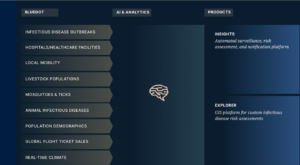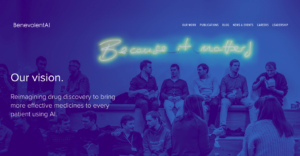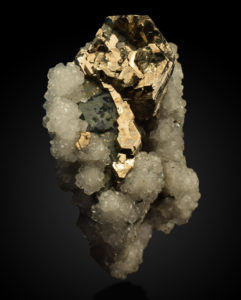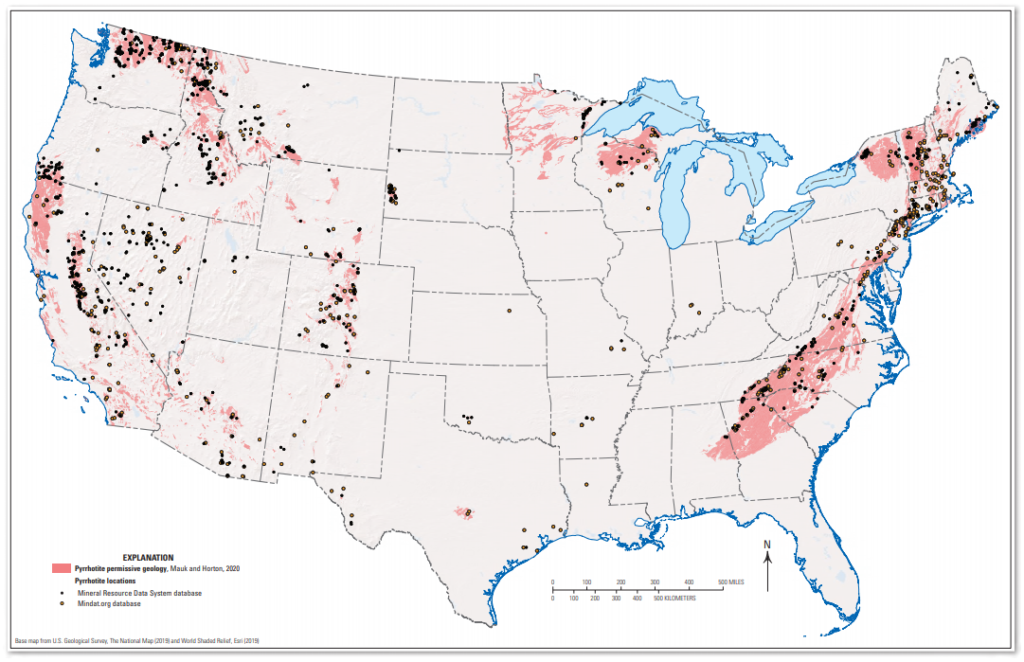
How Artificial Intelligence is Enabling Fight Against COVID-19
Artificial Intelligence (AI), Machine Learning, Deep Learning-these are the buzzwords today. These are the technologies of future. World over, Bots are helping humans to achieve efficacy in operations, right from manufacturing to surgical processes.
Currently, we are in an unprecedented crisis due to the COVID-19 pandemic and it is natural for the scientific community to resort to AI for prevention, faster diagnosis and even cure. Technologists believe that AI can contribute to the fight against COVID-19 by helping in early warnings and alerts, tracking and prediction, diagnosis and prognosis, treatments and even social control.
Tracking and predicting the spread of COVID-19 are valuable data inputs for public health authorities to plan, prepare and manage the pandemic, and AI can play a vital role in achieving this. Fast and accurate diagnosis of COVID-19 can save lives and limit the spread of the disease. AI can provide useful input in this regard.
In this respect, several initiatives are underway.
BlueDot
The Canadian-based AI model, BlueDot is protecting people around the world from infectious diseases with human and artificial intelligence. BlueDot was among the first in the world to identify the emerging risk from COVID-19 in Hubei province and notify its clients via its Insights platform. BlueDot disseminated bespoke, near-real-time insights to clients including governments, hospitals and airlines, revealing COVID-19’s movements. Its intelligence is based on over 40 pathogen-specific datasets reflecting disease mobility and outbreak potential.
COVID-Net
Canadian start-up DarwinAI has developed COVID-Net, an AI system that can diagnose COVID-19 in chest X-rays on the basis of the data obtained from patients with various lung conditions. This data is open source and available to the general public. COVID-Net is a Tailored Deep Convolutional Neural Network Design.
COVID-Net is also expected to make predictions using an explainability method in an attempt to gain deeper insights into critical factors associated with COVID-19 cases, which can aid clinicians in improved screening and timely treatments.
“The response has just been overwhelming”, says DarwinAI CEO Sheldon Fernandez. More datasets of X-rays were contributed to train the system, which has now learnt from over 17,000 images, while researchers from Indonesia, Turkey, India and other countries are all now working on COVID-19. “Once you put it out there, you have 100 eyes on it very quickly, and they’ll very quickly give you some low-hanging fruit on ways to make it better,” Fernandez said.
AlloCovid
Artificial Intelligence systems mimic humans and emotional support form an intrinsic part of human behaviour. In these difficult times, people, especially the elderly need a lot of counselling. This is what AI Voice Assistant Service, AlloCovid is providing to the people of France.
AlloCovid is an AI Voice Assistant Service, developed by French research institute Inserm, the University of Paris and French railway company SNCF to help COVID-19 patients. Anyone in France can now ring the ‘AlloCovid’ service.
On the line, a female voice greets callers with “Bonjour, I’m your virtual AlloCovid assistant … Are you ready to start the questionnaire?” Callers are asked for their postcode but not their name. Depending on their symptoms and pre-existing conditions, they are directed to the right medical professionals. The system can handle 1,000 calls at a time.
BenevolentAI
BenevolentAI is a London-based drug-discovery company, which began turning its attention towards the coronavirus problem in late January. The company’s AI-powered knowledge graph analyses large volumes of scientific literature and biomedical research and identifies links between the genetic and biological properties of diseases and the composition and action of drugs.
The company has modified its AI system to work on COVID-19. “Because of the amount of data that’s being produced about COVID-19 and the capabilities we have in being able to machine-read large amounts of documents at scale, we were able to adapt [the knowledge graph] so to take into account the kinds of concepts that are more important in biology, as well as the latest information about COVID-19 itself” says Olly Oechsle, lead software engineer, BenevolentAI.
DeepMind
DeepMind, the AI arm of Google’s parent company Alphabet, has released a deep-learning library called AlphaFold, which is using data on genomes to predict organisms’ protein structure. Protein structures determine the shape of receptors in an organism’s cells. Once the shape of the receptor is known, it becomes possible to work out which drugs could bind to them and disrupt vital processes within the cells. By predicting organisms’ protein structure, AlphaFold is helping scientists to discover which drugs could work against COVID-19.
Challenging AI experts
When intelligent minds are challenged, more innovative solutions crop up. This thought is making companies throw COVID-19 related challenges to AI experts. For instance, Google-owned machine-learning community Kaggle is setting a number of COVID-19 related challenges to its members, including forecasting the number of cases and fatalities by city as a way of identifying exactly why some places are hit worse than others.
“The goal here isn’t to build another epidemiological model… there are lots of good epidemiological models out there. Actually, the reason we have launched this challenge is to encourage our community to play with the data and try and pick apart the factors that are driving difference in transmission rates across cities” Kaggle’s CEO Anthony Goldbloom shares. Currently, the community is working on a dataset of infections in 163 countries.
Several governments have also issued calls for contributions from AI experts worldwide to help find solutions to the COVID-19 crisis.
The COVID-19 Open Research Dataset Challenge, launched on 16 March 2020 by the U.S. Government in partnership with academic and industry organisations is making over 29,000 academic research articles available to AI experts worldwide. The experts, by applying data mining tools to this data will try to find out more about the history, transmission, diagnostics, management measures etc. for COVID-19.
The AI-ROBOTICS vs COVID-19 initiative of the European AI Alliance, launched by the European Commission, is collecting ideas on deployable AI and robotics solutions that could help COVID-19 prevention, diagnosis or treatment.
The CoronaHack – AI vs. Covid-19 organized by the UK’s Knowledge Transfer Network (KTN) is calling on businesses, data scientists and biomedical researchers from world over to share ideas on how to apply AI to control and manage the COVID-19 pandemic.
Artificial Intelligence, Machine Learning & Deep Learning have a lot of potential in helping the medical community finding solutions to COVID-19 pandemic. The bright minds need to put in all the efforts possible to come up with highly accurate predicative models as soon as possible that can help us all live in a safer world.










